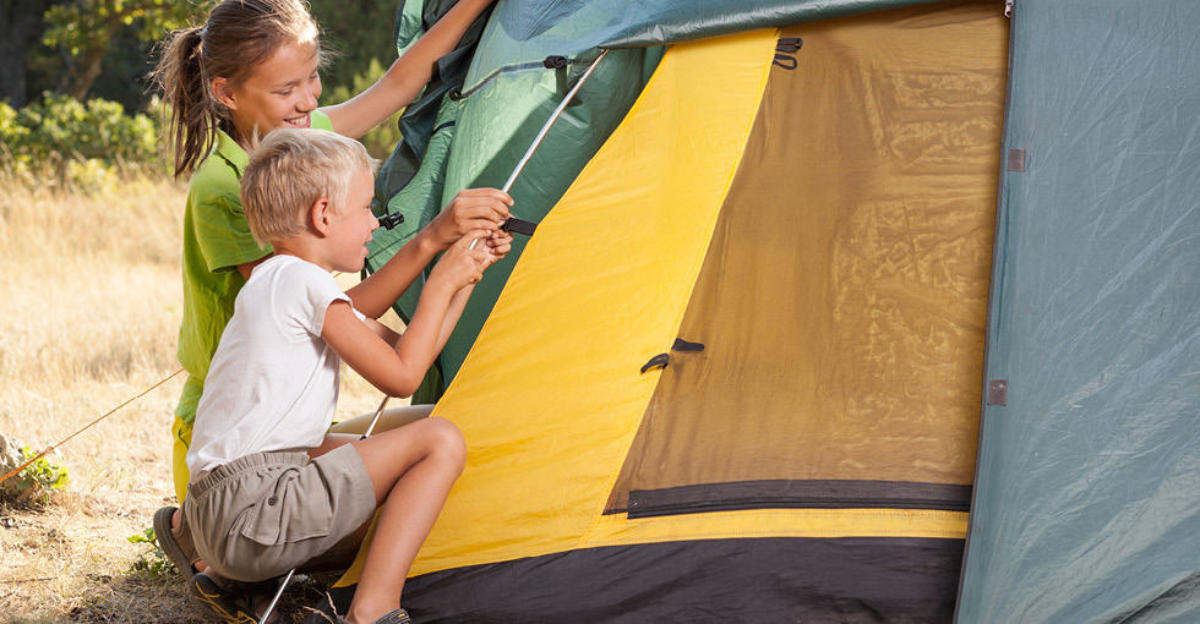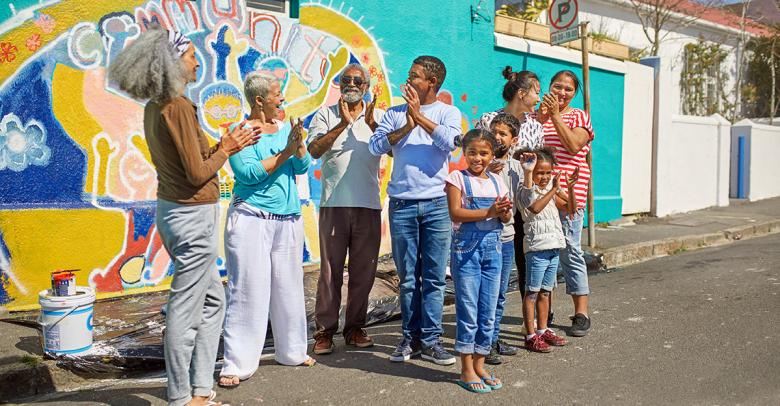Going on a camping trip can be exciting for children – and a little bit scary too! The outdoors often refuses to conform to our standards of safety and can bring unexpected concerns and questions with it. Instead of spending your entire camping trip worrying, a little preparation and some ground rules can keep campers safe and still let children explore, grow, and learn during this summer’s camping trip.
Set Camp Safety Rules First
Make sure children understand the needs of living in an outdoor camping space – even if it’s just overnight. It is important that your children understand that these ground rules are for safety and that they be followed at all time. Some examples include:
- Horseplay and running should not occur in camp where open fires and tent lines pose a hazard.
- Food should be kept out of tents to avoid attracting wildlife.
- Do not bring open flame near or inside tents.
- Caution needs to be used around the camp fire, camp stove, and lanterns.
- Children should not go anywhere alone – use the buddy system.
- Caution your children on the dangers in the area you are camping; some sites have poison berries, particular wildlife, or other hazards.
Prepare Your Camp
A little safety on your part to prepare your camp can also be beneficial. While the outdoors is unpredictable and you cannot foresee every complication, a little careful layout and planning can make your trip safer and less stressful; so consider taking the following preparation steps:
- Mark tent ropes with strips of white cloth for easy visibility.
- Mark and prepare a fire pit that is not near the tents or in a play zone.
- Scout the area for potentially dangerous plants or insects before you pitch your tent.
Let Camping Be Educational
Despite some safety concerns, camping is a great way to teach kids the wonders of nature and a little responsibility to boot. Younger children can help hold lines and stakes while setting up tents. Older children might be able to help prepare dinner or even learn to start the camp fire. Use time and around camp to teach responsibility and wilderness safety to let children really be a part of the camping experience. Spending time in the outdoors is also an excellent way to encourage children’s interest in the environment and wildlife. Study the birds, insects, and animals you see, teach wilderness skills, or simply admire the plant life on your hiking trip. With a little safety preparation, kids and adults alike can have an educational, exciting, and safe camping trip.






Leave a Reply